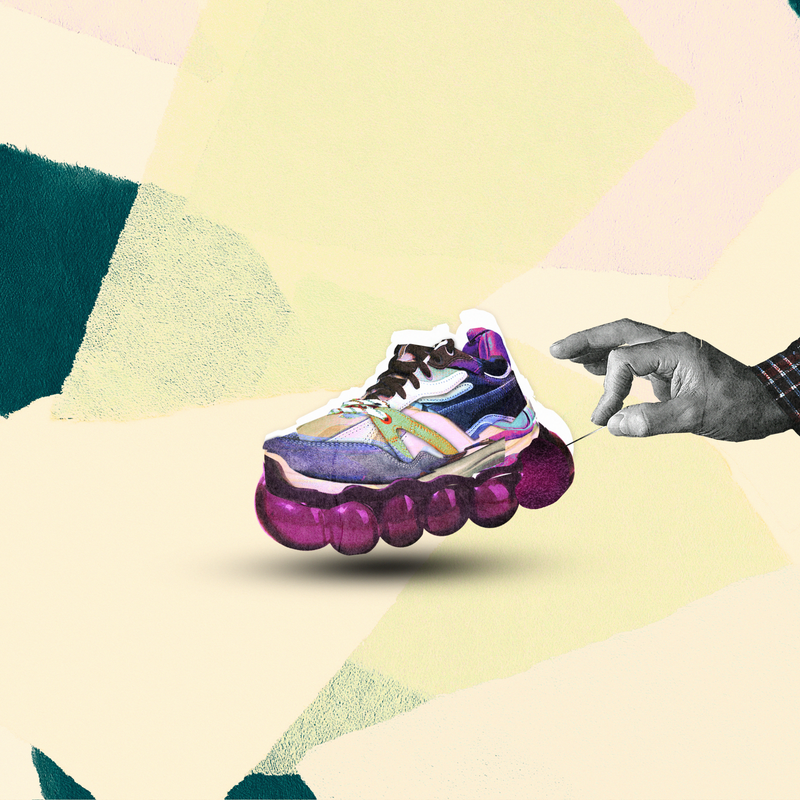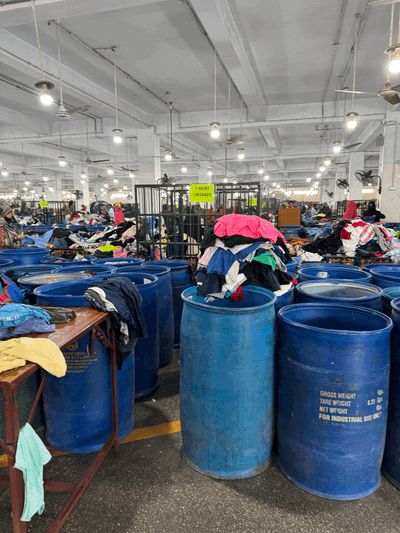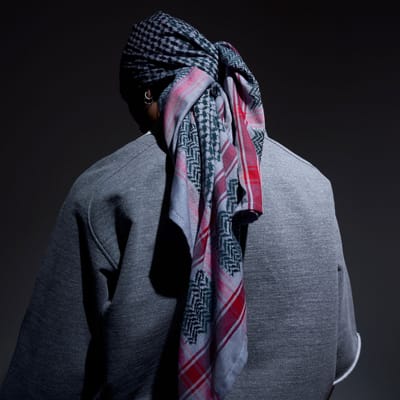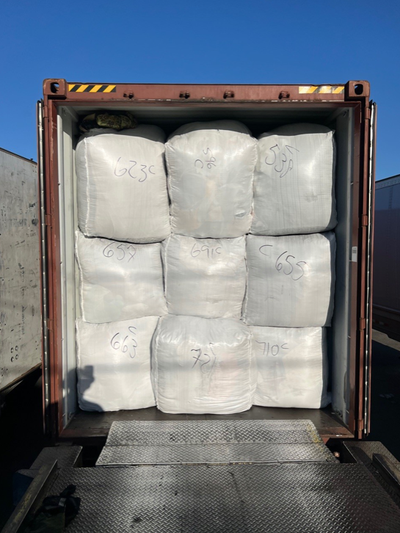Vivobarefoot has launched its latest campaign and initiative, “Free Your Feet”, a bold invitation to challenge the hidden constraints of modern life and rediscover freedom through natural movement. At its heart lies a simple but radical message: shoes should protect without disconnecting us from ourselves, our bodies, and the earth beneath us.
“As humans, we’re all born with strong, flexible, and capable feet,” says Vivobarefoot Co-Founder Asher Clark. “Yet most modern footwear undermines this natural design. Cushioned, narrow, and elevated shoes restrict movement, weaken muscles, and alter biomechanics in ways that ripple through the whole body. The foot is the foundation of human movement—if you compromise it, you compromise posture, balance, and mobility.”
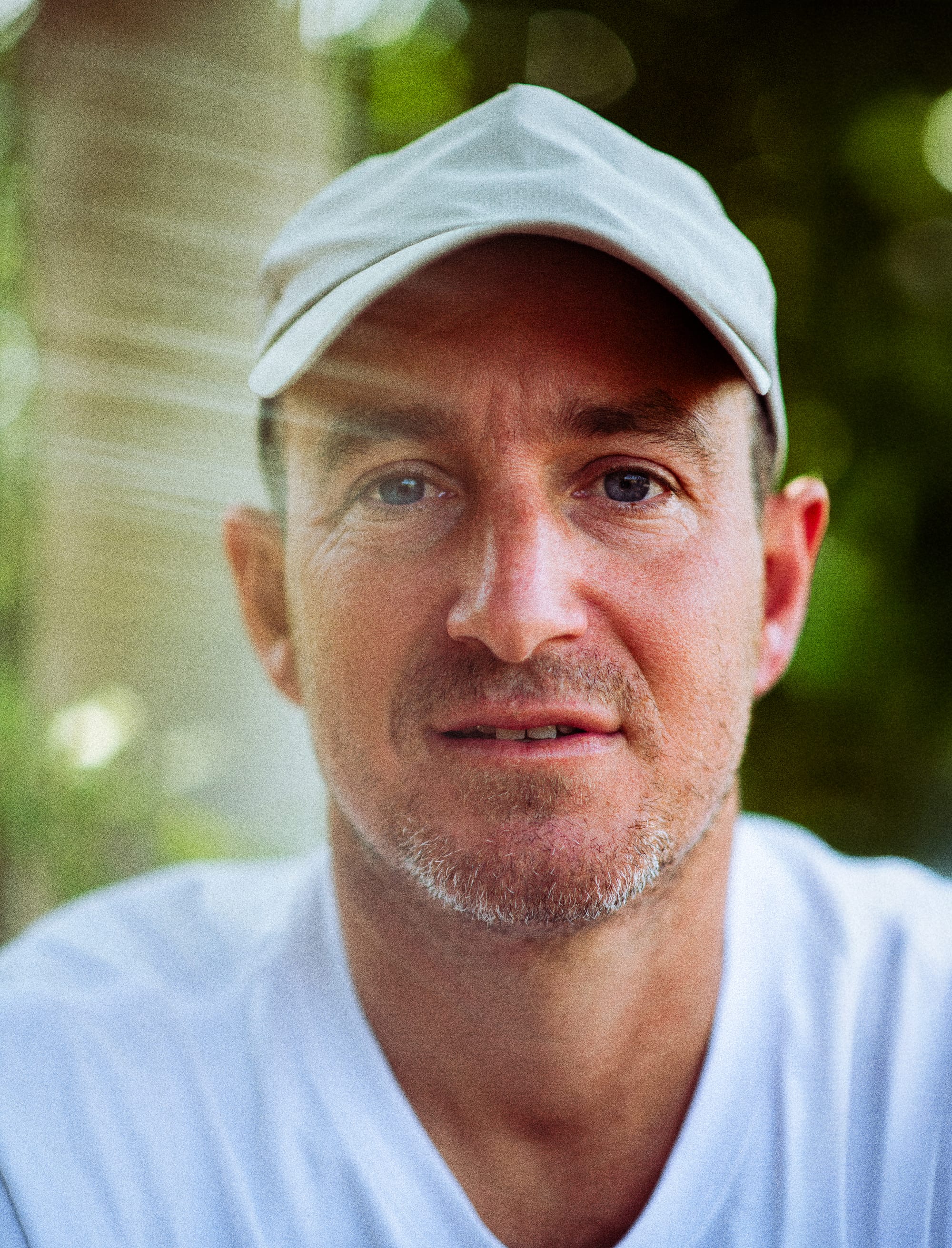
When you free your feet, you also free your body and mind to live more naturally, more consciously, and ultimately more fully.”
— Asher Clark, Co-Founder of Vivobarefoot
This hidden compromise often manifests far beyond the feet. Clark explains that over time, restricted footwear contributes to problems in the knees, hips, and spine, leaving people with chronic pain that may never be linked back to their shoes. “Modern shoes often prioritise style or short-term comfort over long-term function,” he says, “and that trade-off quietly shows up later in life.”
But the conversation isn’t only about biomechanics. “The feet are sensory organs as much as they are mechanical ones,” Clark points out. Packed with thousands of nerve endings, they constantly send information to the brain about balance, texture, and terrain. “When those signals are dulled by thick, cushioned soles, we lose connection not just to the ground, but to ourselves. Restoring natural movement wakes up that feedback loop. The impact is profound: improved posture and strength, yes, but also enhanced body awareness, stress reduction, and even emotional wellbeing. Movement is medicine, and it starts from the ground up.”
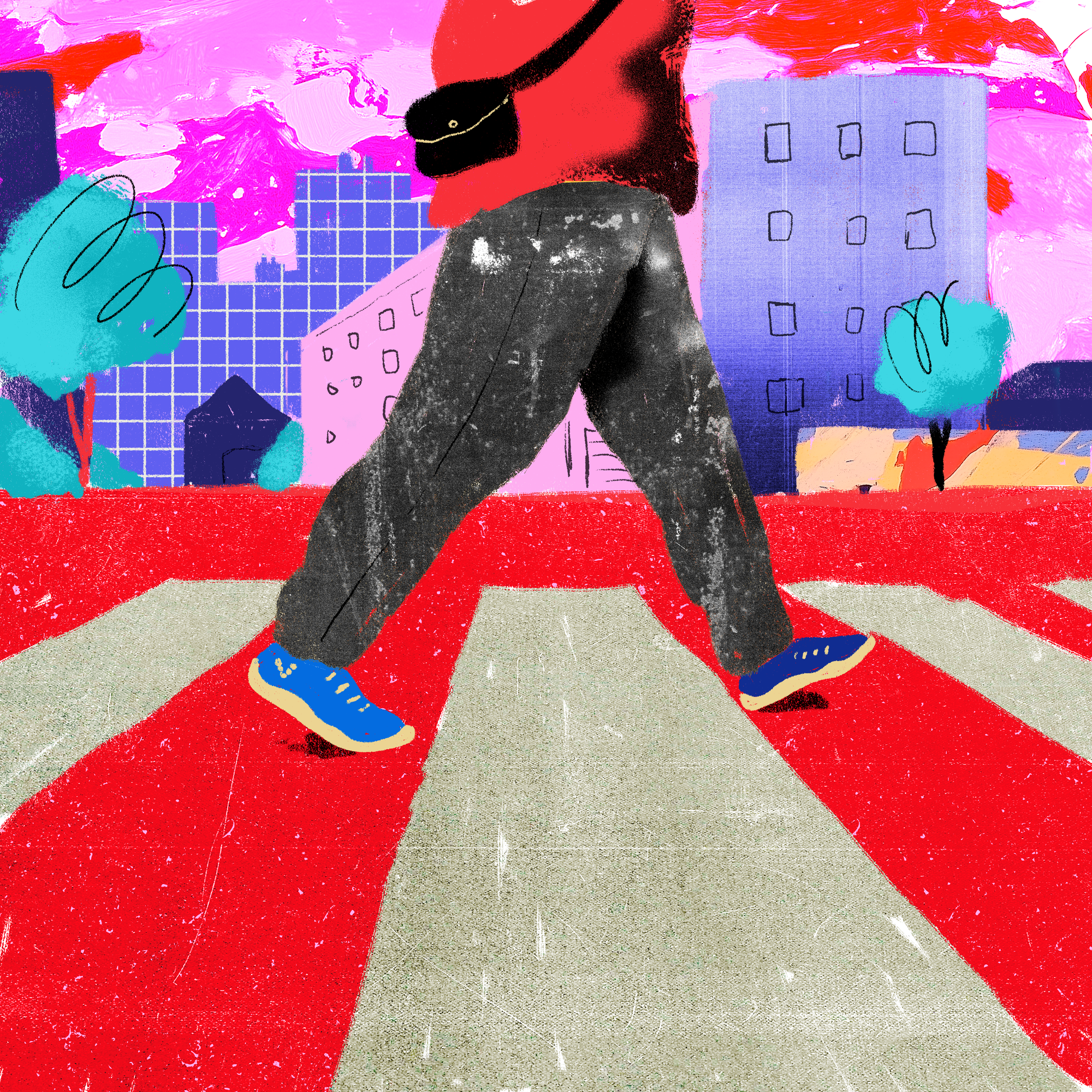
For anyone seeking to future-proof their feet, Clark advises looking for footwear that allows the body to move as nature intended. “That means a wide toe box, thin sole, and zero heel-to-toe drop—shoes that protect without interfering,” he says. “Red flags are anything narrow, stiff, overly cushioned, or elevated. These features may feel supportive in the short term, but they rob your feet of their natural strength and adaptability in the long run. Think of it like a cast: useful in emergencies, but harmful if worn every day.”
The transformations that occur when people transition to barefoot-style living are striking. “The most immediate changes often begin with relief from chronic pain,” Clark says. He has witnessed individuals who struggled with plantar fasciitis, knee aches, or lower back pain experience freedom once they restored natural foot function. Beyond pain relief, many rediscover a joy in movement. “Walking feels lighter, running becomes playful, balance improves noticeably. And it’s not just physical—people talk about feeling more grounded, more connected to nature, even more confident in their own bodies. It’s like reclaiming an ability we all had as children but forgot along the way.”
This ethos underpins the “Free Your Feet” campaign, which reframes footwear as just one part of a larger cultural shift. “Freeing your feet is about honouring the body’s natural intelligence,” Clark says. “It means letting your feet move, feel, and adapt as nature intended. But it’s also symbolic of a broader choice: rejecting over-engineered ‘comforts’ that disconnect us from our environment and from ourselves. The barefoot movement isn’t just about footwear—it’s about how we choose to live, move, and experience the world. When you free your feet, you also free your body and mind to live more naturally, more consciously, and ultimately more fully.”
With its new initiative, Vivobarefoot is not only urging people to rethink their footwear but also to question the compromises of modern living. As Clark puts it, true freedom starts at the feet—and everything else follows.

